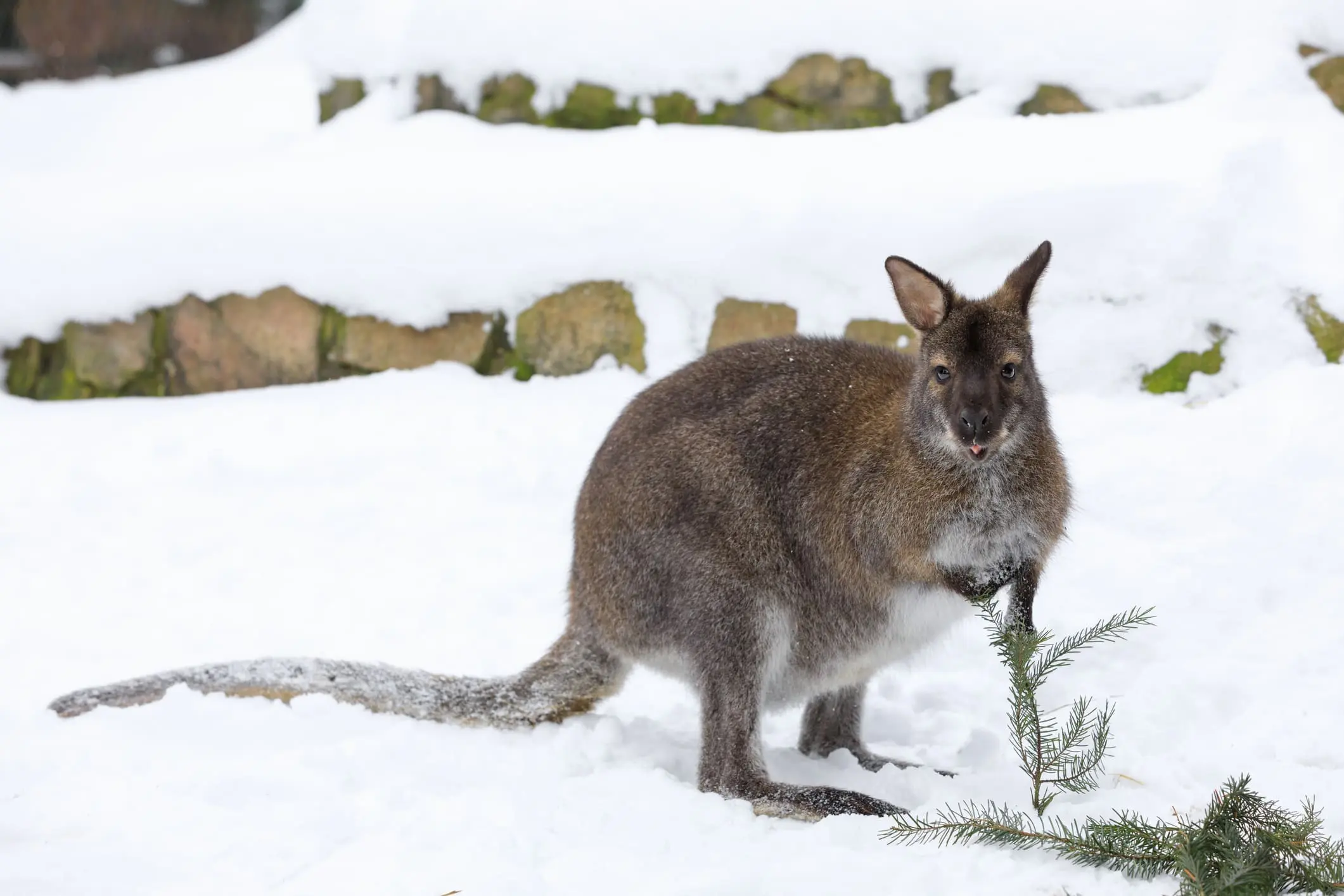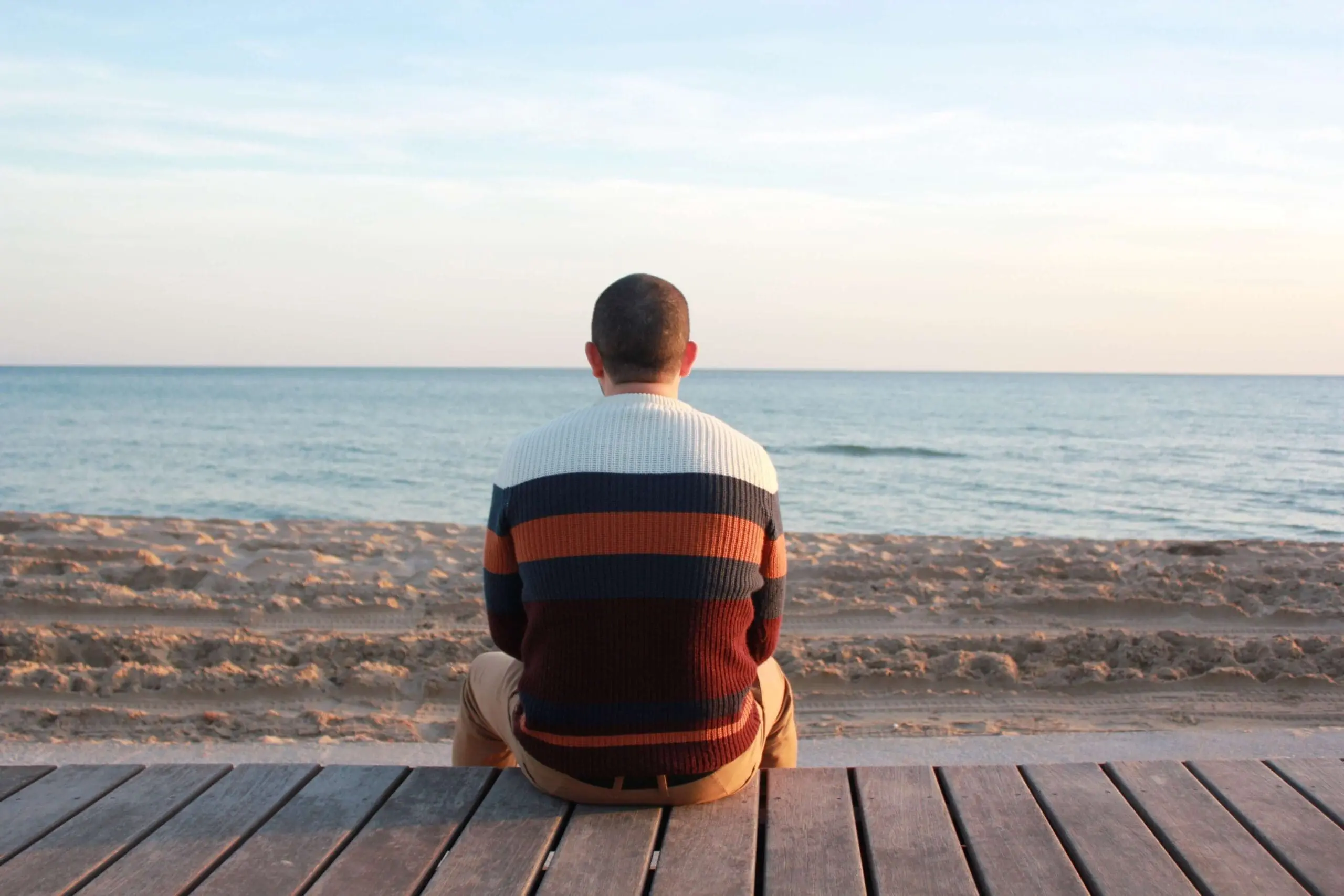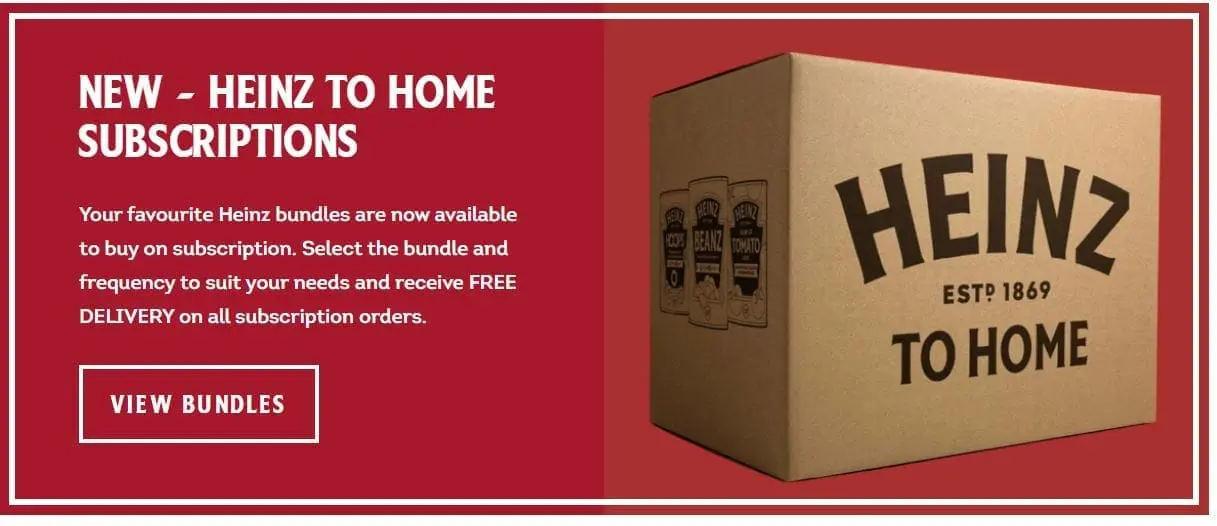Right now imagining the wintery weather’s impact on COVID-19 may not be most Europeans’ concern. However, as a second wave of infections breaks out, what can Europe learn from Australia’s response to their current winter and how to live with a resurgent COVID-19?
Source: Getty Images
Hardline second time
After a lauded initial response to the pandemic, things quickly unravelled for Australia second time around, offering some harsh, cautionary lessons for what Europe might come to experience. In late June, Australia’s second wave began with 75 new cases announced in Melbourne, Victoria, traced back to security breaches in the hotel quarantine programme for returning travelers, where contracted security guards fraternised with guests and spread the virus to care homes and beyond.
The reaction to this scandal brought heightened levels of policing, with suburban lockdowns, exercise and shopping restrictions and citywide curfews strictly enforced with punitive spot fines. Infected and quarantined households can now expect to be “door knocked” and face fines of up to $20,000 for breaking quarantine. We know that winter brings people together indoors more, and a recent study in the Transboundary and Emerging Diseases Journal also shows the season’s relatively low humidity levels are also a factor in Australia’s increase in transmissions of COVID-19. There are concerns that a death toll from another wave in the UK could reach 120,000, according to the Academy of Medical Sciences, suggesting that an Australian-style harder line may be adopted second time around.
The young: Down and out
In Australia, Mintel colleagues report that the steely sense of solidarity of being ‘all in it together’ is greatly diminished second time around. In particular, the optimism amongst the young – embodied previously by rainbows on pavements – seems to have gone and we’ve seen a heavier psychological toll, with Victoria’s Kids Helpline for under 25s reporting an 8% increase in calls in July. What’s more in this second wave, the role of young people is better understood and is raising causes for concern.
Source: Tokkoro
Department of Health data has shown that whilst only 6% of Victoria’s deaths have been amongst the under 39s, they have accounted for more than half of cases, with those aged 20-29 logging over 1,800 infections. This has been apportioned to their high exposure levels, in part from the higher amount of customer-facing work they do, but more importantly from them leading more active, more social and less distanced lifestyles.
This raises an ominous note in the UK, where people in younger demographics seem especially opposed to some forms of accepted advice to curb transmissions. Research from King’s College London has revealed that 27% of those who get their news from WhatsApp think wearing a mask is bad for health, whilst 22% of 16-24s would definitely not or would be unlikely to accept a vaccine. We’ve previously discussed (Can Dystopia Lead to Utopia?) how COVID-19 may widen regional and socio-economic divides and this may extend to generations too.
Indoors and in-play
Whilst there is hope that COVID-19 may not bloom in winter, as flu does (adding to the toll engendered by that huge, but more familiar, challenge) it must be accepted that our winter behavior patterns threaten to increase its spread. Subsidised al fresco dining, socially-distanced family BBQs, park picnics, cycling and running, drive-in cinemas and queueing outside shops all work well in balmy weather, but will lose their appeal when the weather turns colder.
The paranoia that will accompany the first autumnal sniffles will also leaden the mood, as well as potentially knocking returning confidence in offices, bars and restaurants. In Australia, we’ve seen numerous brand responses aimed at countering this economic and emotional gloom, whilst raising physical and mental wellbeing. Heinz to Home for example, offers pre-packed bundles of classic, comforting products which can be ordered and gifted to family or friends who can’t visit physical stores themselves.
‘Heinz to Home’ delivery subscription service by Heinz
Source: Heinz
Meanwhile, PayPal’s ‘It Pays To Keep Your Distance’ challenge encourages people to throw the best possible home ‘iso-party’ (streamed ‘Isolation party’ amongst friends). PayPal’s campaign is notable for supporting local businesses in the process, something eBay’s ‘Made in Australia’ filtering initiative has taken to a patriotic level, raising the number of certified Australian Made sellers on the platform has increased by 35% in just five months. Suggestions that a new outbreak in cases in New Zealand can be traced to imported frozen food might see this trend develop with protectionist policies being positioned as healthy in every sense of the word. Bar confidence (and healthier drinking), meanwhile, has been boosted by Heineken’s automated pop up Zer0.0 Contact Bar, where robotic arm bartenders named Heidi and Ken serve individuals zero-alcohol beers.
If homeworking does increase yet again in the UK, the positives for those employed and able to do so, may be that they begin to benefit from the superior work/life balance enjoyed by other Europeans, but the question is ‘what kind of leisure?’
Mintel’s data shows that a quarter of Australians were giving higher priority to their hobbies in late July and the pent up desire was strongest (amongst almost half of Australians) for post-lockdown holidays and dining out, rather than leisure activities. Australian winters make resurgent road trips a reality and Camplify, the caravan hire and RV sharing website, has seen an increase of 125% in bookings since COVID-19 hit, but not everyone in Europe will be so open to winter trips. Here, it’s younger demographics who may be better positioned to cope with any forced, extended transition to lone, indoors leisure. For all the talk of jogging and cycling, it’s eSports that have shown some of the most impressive performances during lockdown: the month between March and April witnessed a 50% growth in traffic on video game streaming site Twitch. Longer-term, it’s easy to see these activities supplanting increasingly expensive activities like socially-distanced dining, leisure and fitness, shorn of summer and incentives during recession.
Winter is coming: What should European brands be planning?
The lessons from Australia are that a more draconian state approach coupled with less socially-friendly weather can create an even more emotionally-testing period than the one we’ve just experienced. It’s obvious that virtual entertainment can still provide an answer for many, but the brand examples we’ve seen show how the practical solutions offered by e-Commerce can attain greater meaning second time around, with campaigns and retail leveraged to inspire optimism, by reaching out to people through gifting or supporting local and national economies.
From market assessment to landscape analysis, Mintel Consulting delivers a fresh viewpoint supported by rigorous data on brand, innovation, strategy, and consumer insight. Get in touch now to get your questions answered and speak to a consultant.


































